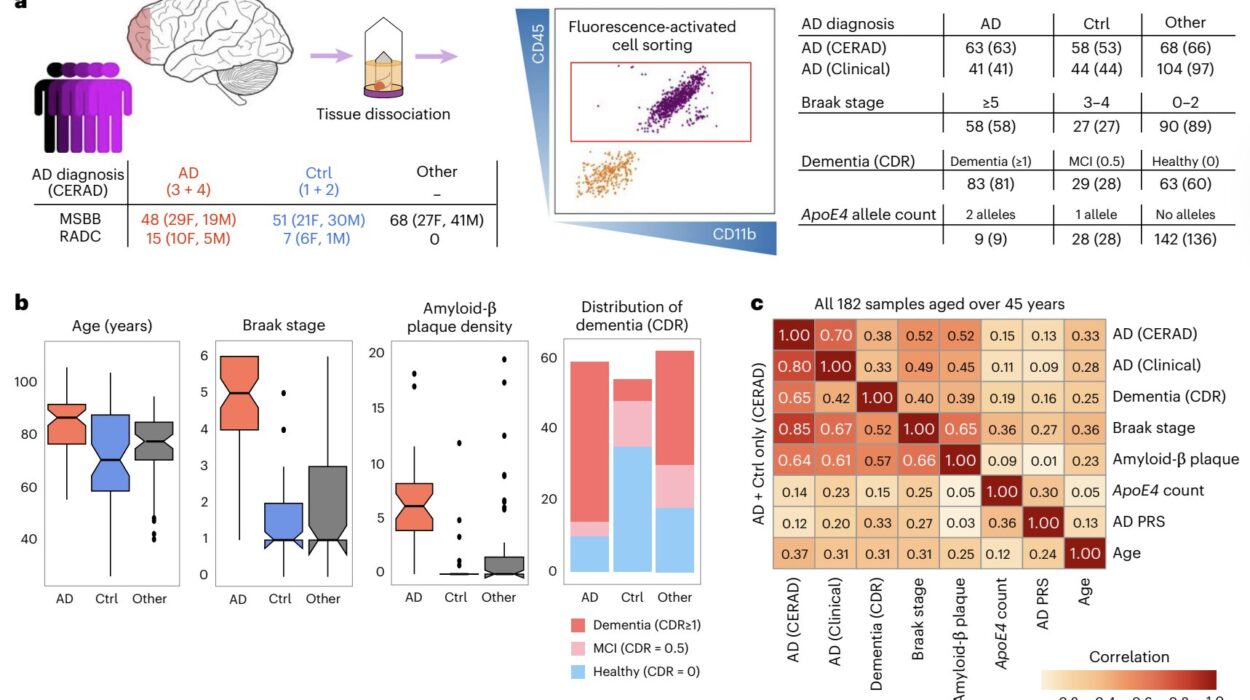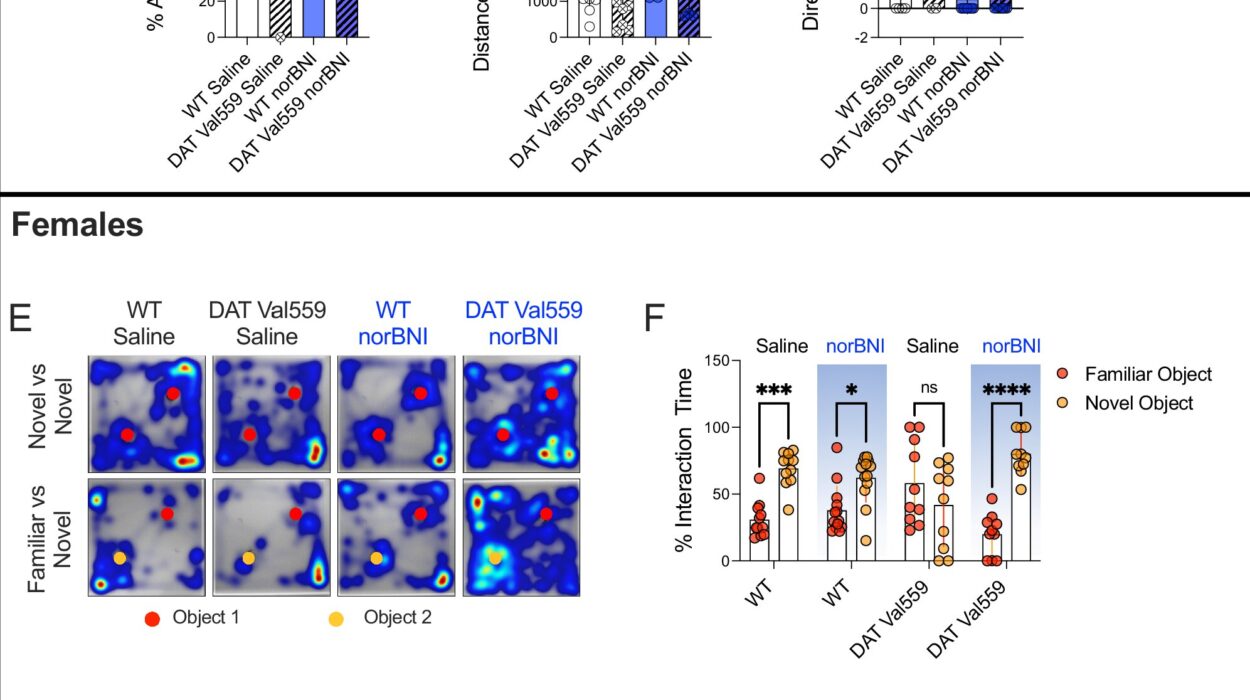In late 2019, whispers of a mysterious illness emerged from Wuhan, China. Within months, the novel coronavirus—COVID-19—swept across continents, leaving hospitals overwhelmed, economies shaken, and families shattered by loss. In just four years, the pandemic claimed the lives of roughly 7 million people, forever changing the fabric of our world. Yet behind the devastating headlines, another story unfolded—quieter, less visible, but profoundly important. A massive vaccination effort, despite controversy and confusion, silently saved millions of lives.
Now, a new study led by Stanford University provides the clearest picture yet of this hidden rescue. Published in JAMA Health Forum, the investigation estimates that between December 2020 and October 2024, COVID-19 vaccines averted approximately 2.533 million deaths and preserved 14.8 million life-years worldwide.
To put that into perspective, every 5,400 vaccine doses given prevented one death, and every 900 doses saved a full year of human life. These numbers speak to a global public health triumph that unfolded while the world debated safety, efficacy, and necessity.
Measuring the Unseen
The research team undertook a formidable task: estimating how many lives would have been lost had vaccines never existed. Nearly 8 billion people—representing the world’s population in 2021—were modeled in the analysis. Researchers considered seven different age groups, distinguishing between those living in communities versus long-term care facilities, and evaluated two major pandemic phases: pre-Omicron and Omicron waves.
They calculated potential deaths by combining several factors: how many people were likely to become infected, how deadly the virus was for each group, and how effective the vaccines were at preventing death. To assess life-years saved, the team layered in global life expectancy and adjusted for differences in health status across populations.
What emerged was a detailed, data-driven picture of vaccine impact: millions of lives extended, millions of families spared from grief, and countless hospital beds that remained empty instead of filled with struggling patients.
The Lifeline for Older Adults
One of the most striking findings was the overwhelming benefit to older populations. Individuals aged 60 and above accounted for nearly 90% of the deaths averted. While younger groups, including children and adolescents, contributed to just 0.01% of lives saved, this is less an indictment of vaccine necessity for younger people and more a reflection of the virus’s uneven lethality. COVID-19 disproportionately threatened the elderly, and vaccination offered them a powerful shield.
Similarly, the study found that long-term care residents represented 11.8% of deaths prevented. However, because many residents were already in fragile health, their contribution to total life-years saved was only about 2%. In contrast, vaccinated older adults living in the general community gained the most extended years of life, demonstrating that vaccines not only prevented death but also gave many the chance to live significantly longer than they otherwise would have.
A Battle Fought in Two Phases
The analysis revealed that 57% of deaths averted occurred during the Omicron period, highlighting that vaccination continued to save lives even as the virus evolved. Importantly, about 82% of prevented deaths came from individuals who were vaccinated before contracting COVID-19, reinforcing the value of early immunization in reducing mortality risk.
Sensitivity analyses suggested that the actual number of lives saved could be as low as 1.4 million or as high as 4 million, with life-years preserved ranging from 7.4 to 23.6 million. Even at the most conservative estimate, the benefit is staggering.
Beyond Numbers: The Human Impact
Statistics can feel abstract, but behind every data point is a human life. A grandmother spared from pneumonia and given years to watch her grandchildren grow. A father whose vaccination meant surviving a winter wave and returning to work. A health-care system that didn’t collapse entirely under the weight of patients needing oxygen and ventilators.
These saved lives rarely made headlines. Unlike the visible tragedy of a pandemic death toll, there’s no ticker counting the people who didn’t die. The silent success of vaccines is harder to see but no less real.
Confronting Controversy and Misinformation
The vaccination campaign unfolded against a backdrop of uncertainty and public mistrust. As scientists raced to understand the virus, guidance on masking, social distancing, and vaccine efficacy evolved. Social media amplified fears and spread misinformation, leading to polarized debates in households and legislatures alike.
Yet, despite the turbulence, billions of doses were administered. Scientists adapted to new variants, updated vaccines, and monitored safety in real time. This dynamic response, while imperfect, saved millions who might otherwise have been lost to COVID-19’s relentless waves.
A Conservative Estimate, a Monumental Achievement
The authors of the Stanford-led study emphasize that their numbers likely underestimate the true benefit. Their models do not fully capture indirect protections, such as reduced strain on hospitals or the prevention of long-term disability from severe COVID-19. Nor do they quantify the societal and economic benefits of keeping millions of people alive and healthy enough to participate in communities and economies.
By every measure, vaccination delivered a profound mortality benefit—one that will inform future public health strategies and help prepare for future pandemics.
Lessons for Tomorrow
As the world slowly emerges from the acute phase of the pandemic, debates continue over mandates, boosters, and vaccine hesitancy. But studies like this remind us of the stakes: millions of lives, millions of years of human potential preserved.
The story of COVID-19 vaccination is not just one of science, but of collective action—an unprecedented global effort that transcended borders and politics. Despite challenges, misinformation, and uneven distribution, the campaign stands as one of humanity’s most significant public health victories.
In the quiet, beyond the noise of controversy, the numbers speak with profound clarity: vaccines saved lives. Millions of them. And in those silent rescues lies a powerful legacy of resilience, innovation, and hope for a future where science and humanity continue to work hand in hand to protect life.
Reference: John P. A. Ioannidis et al, Global Estimates of Lives and Life-Years Saved by COVID-19 Vaccination During 2020-2024, JAMA Health Forum (2025). DOI: 10.1001/jamahealthforum.2025.2223






